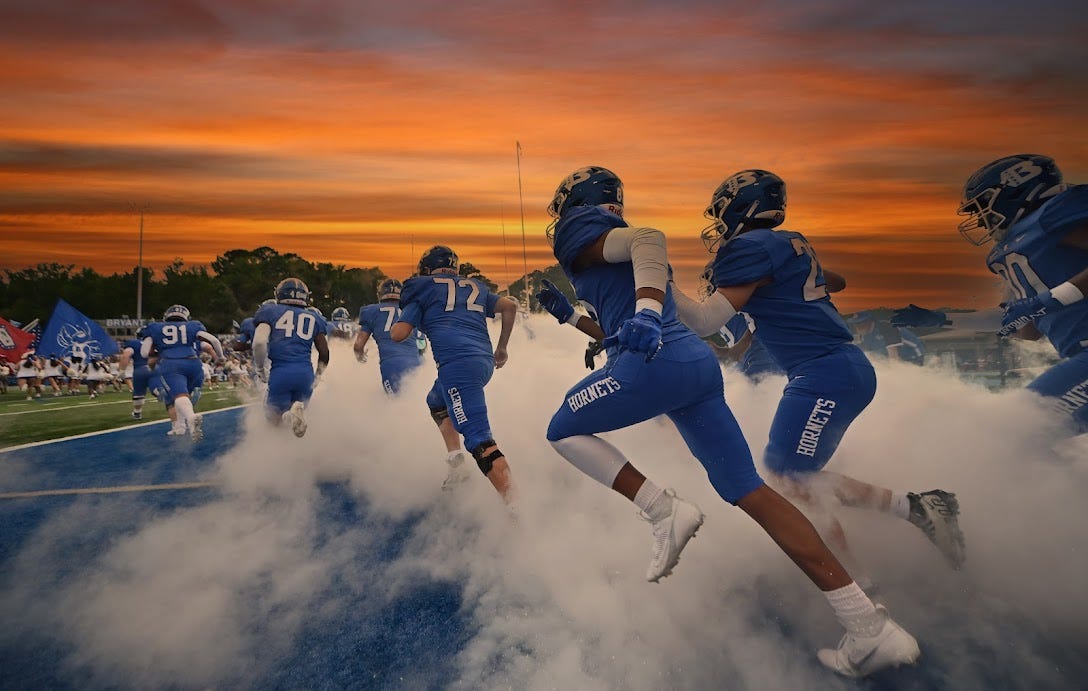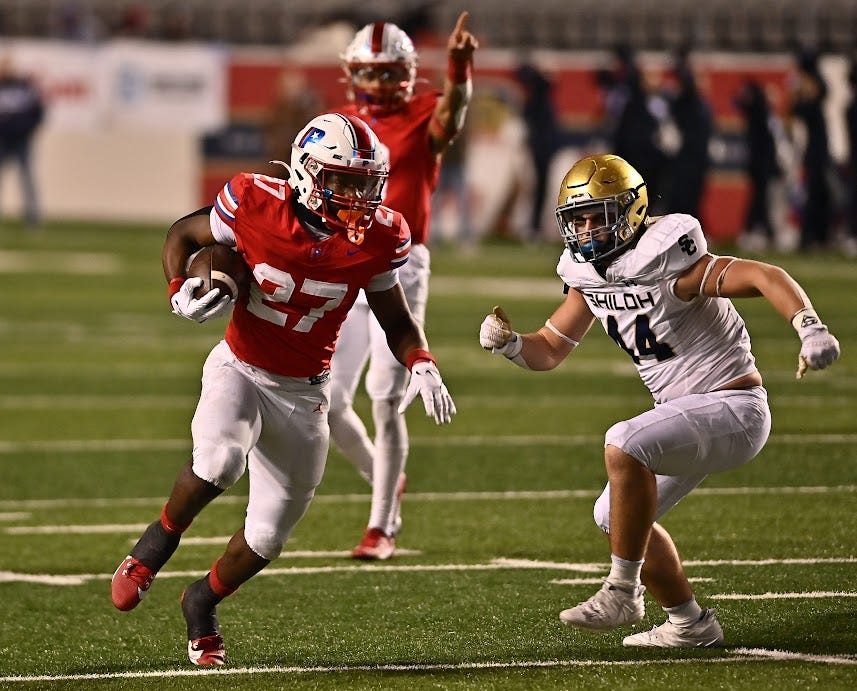Friday Night Lights in Arkansas: Where High School Football Means Everything
High school football. Three simple words—yet in towns across Arkansas, they spark an electricity that sweeps through entire communities every fall. It's more than a game. It’s a way of life. The mascot is everywhere, school colors drape vehicles and store windows, and the local diner walls are lined with newspaper clippings of last week’s big win. For many, those three months in autumn offer more unity, more pride, and more spirit than any summer festival ever could.
In Arkansas, football doesn’t just build teams—it builds communities.
From the small Delta towns to the piney woods of South Arkansas, from bustling Northwest cities to hilltop hamlets out west, football is a ritual. Year-round, conversations linger in barber shops and coffee houses. By March, talk turns to spring ball. In summer, old timers argue about 7-on-7 and whether it even counts. By August, the dog days have arrived. The sun scorches, the air is thick, and the boys lace up their cleats—chasing not just wins, but legacy.
Practice fields range from manicured turf to dusty pastures scattered with rocks. Pickup trucks line the fence as dads and old alumni watch, remembering their own days in shoulder pads. Coaches push players hard—not from ego, but from pride. Every drop of sweat is a down payment for the right to wear the name on the front of that jersey, the one that matters most.
For every player, there’s a dream. To make a name. To bring glory to the jersey. To hear their number shouted by the announcer after a game-winning touchdown. For a select few, those dreams might carry them to the next level. But for most, this is the pinnacle—and they know it. They play for pride, for each other, and for the towns that raised them.
They're mentored by coaches who are more than play callers—they're role models. Coaches instill grit, unity, and character. Players are taught that when things get hard—and they always do—it’s better to lift each other up than to break each other down.
By Friday night, the town is transformed. The stadium—known by a nickname like The Pit, The Dog Pound, or Mustang Mountain—fills with families, classmates, teachers, and lifelong fans. The smell of burgers and turkey legs wafts from the concession stand, while the drumline rattles off its cadence between plays.
And then the team emerges, crashing through a paper sign while fireworks pop in the distance. In that moment, everything else fades away. Nothing matters but the game.
Rivalry weeks are the stuff of legend—bonfires, pep rallies, TP raids, and prank wars that span decades. It’s not unusual to see roads lined with hand-painted signs, or stadiums shaking with anticipation. Coaches don’t need long pregame speeches. Just two words: “Beat them.”
Each school carries its own traditions. At Rison, it’s the Hedge Dwellers. Greenwood sounds off air raid horns. El Dorado’s beloved cannon, “Miss Fire,” roars after every score. In Ozark, a shotgun blast echoes after touchdowns. In Pine Bluff it’s a crowd yelling “Zebras, Zebras, Zebras!” Even nature gets involved, like the old boulder between Nashville and Murfreesboro that was covered in coats of rival paint before being moved.
Historic stadiums like Quigley or C.W. Lewis have stories in their foundations—of heartbreaks, miracles, and generations of warriors. At Redbug Stadium in Fordyce, the shrill of a train whistle might cut through the huddle. In Stuttgart, fans swat mosquitoes while tracking the ball in the muggy air. In these places, football becomes folklore.
Not every game is a nail-biter. Not every season ends in a trophy. But the experience? Always worth the price of admission. Because Arkansas football isn’t just about what happens on the field—it’s about what happens around it.
It’s moms clipping out articles for scrapbooks. Little brothers wearing their idols’ jersey numbers in backyard scrimmages. It’s dads with tearful eyes when their son walks out for senior night. And it’s entire towns mourning together after a season-ending loss, just as they celebrate after a championship run.
Some say football belongs to the small towns. But drive through Little Rock, Fayetteville, Springdale, or Fort Smith on a Friday night and you’ll see just how wrong that is. Pulaski Academy fans shout just as loud as Charleston’s. Shiloh Christian pride runs just as deep as that in Osceola. The truth is, football lives in every corner of the state—from the concrete sprawl to the gravel backroads.
It matters here. More than anyone outside can truly understand.
Friday Night Lights are the pulse of Arkansas. They light up not just fields, but faces. Not just stadiums, but spirits. They bring together farmers, teachers, preachers, bankers, and waitresses—united by a scoreboard, a marching band, and the boys in shoulder pads chasing something bigger than themselves.
In Arkansas, high school football is family. A family of scrappy freshmen and seasoned seniors, of proud parents and dedicated coaches, of cheerleaders, band members, and fans who never miss a game.
So when the air turns crisp, and the sun starts to set a little earlier—when your team’s logo is painted on every windshield and whispered in every conversation—you know it’s time.
It’s time to head to the stadium. Time to feel the energy. Time to cheer, to shout, to live and breathe the only thing that matters for the next few hours.
High school football. It will soon be here again!




